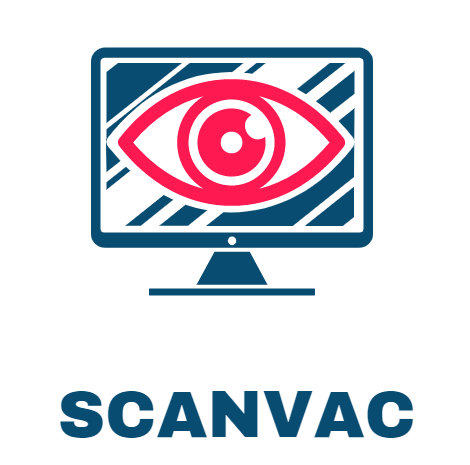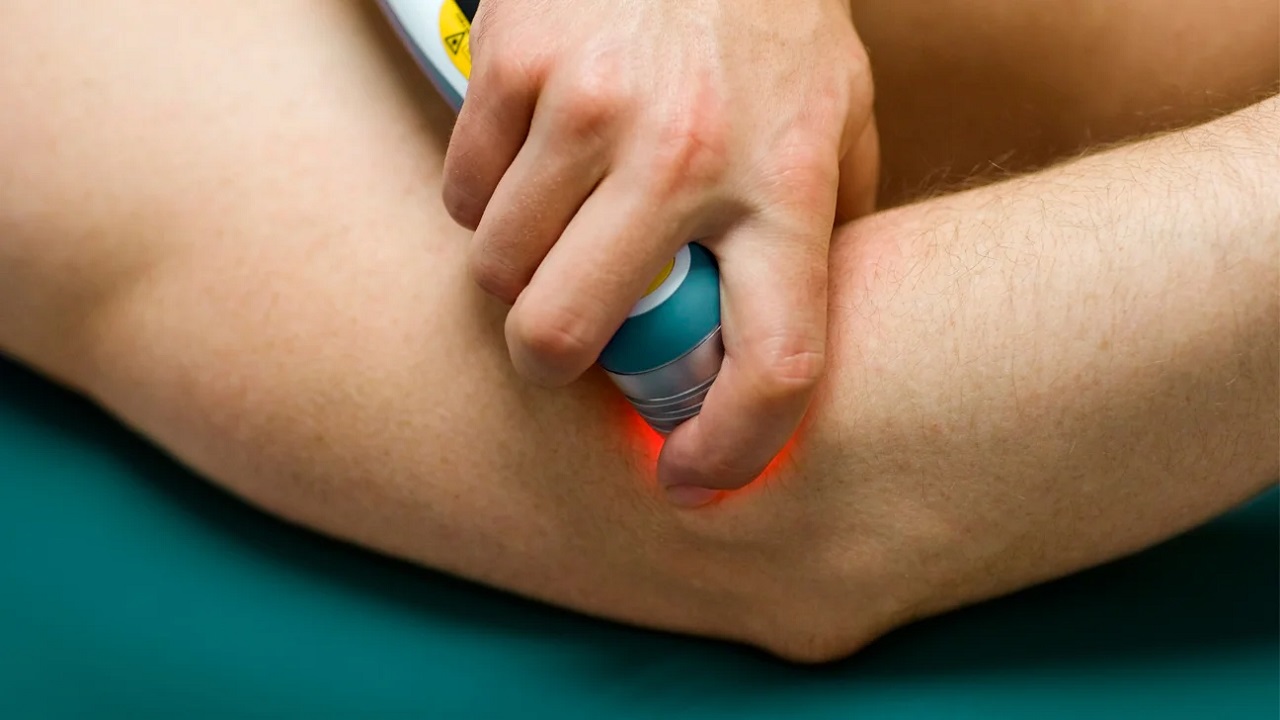Shoulder injuries can be severely incapacitating, impairing one's general quality of life in addition to mobility. Finding efficient treatment options is essential for restoring function and minimizing pain, whether the condition is bursitis, tendonitis, or a rotator cuff tear. Low Level Laser Therapy (LLLT) is one intriguing treatment that is becoming more and more popular in the field of rehabilitation. We'll examine the operation of LLLT and its possible advantages in treating shoulder injuries in this post, providing hope to those looking for non-invasive, drug-free remedies for their pain and mobility problems. For more information on Low Level Laser Therapy for shoulder injuries, check here.
Understanding Shoulder Injuries
With a broad range of motion, the shoulder is one of the most flexible joints in the human body. Its mobility, though, also leaves it vulnerable to harm. Rotator cuff tears, bursitis (inflammation of the fluid-filled sacs), tendonitis (inflammation of the tendons), and adhesive capsulitis (frozen shoulder) are common injuries to the shoulder. These disorders may be brought on by trauma, overuse, bad posture, or aging-related degenerative changes.
Conventional Treatments and Limitations
For shoulder injuries, the standard of care typically consists of rest, physical therapy, anti-inflammatory drugs, steroid injections, and, in more serious situations, surgery. Although these methods can be relieving for certain people, they might not be appropriate for everyone. While taking medications over an extended period of time may have negative side effects, surgery carries inherent risks and necessitates a lengthy recovery period. Furthermore, some patients might not benefit sufficiently from conventional therapies on their own in terms of pain relief or functional improvement.
Introducing Low Level Laser Therapy (LLLT)
Low-level laser therapy sometimes referred to as cold laser therapy or photobiomodulation, is a minimally invasive medical procedure that stimulates cellular healing by using low-intensity lasers or light-emitting diodes (LEDs). LLLT functions at wavelengths that do not produce heat, making it safe for therapeutic use in contrast to surgical lasers that cut or cauterize tissue.
How LLLT Works for Shoulder Injuries
In order for LLLT to function, particular light wavelengths must be applied to the afflicted area. There, the light is absorbed by the body's cells, especially those found in the muscles, tendons, and ligaments of the shoulder joint. The light energy's photons stimulate various cellular functions, such as improved cellular metabolism and increased synthesis of adenosine triphosphate (ATP), the cell's energy currency. Consequently, this encourages tissue regeneration, lowers inflammation, and lessens pain.
The Role of 808nm and 650nm Lasers
Lasers used in LLLT devices for shoulder injuries usually have two wavelengths of light that they emit: 808 nm and 650 nm. The 808nm wavelength reaches depths of 3–5 centimeters below the surface of the skin, penetrating deeply into the tissues. This enables the light to target injured cells, encourage tissue repair, and reduce pain by acting as an anti-inflammatory.
The 650nm wavelength, on the other hand, acts closer to the skin's surface, boosting the immune system and increasing blood circulation. This wavelength aids in the delivery of oxygen and nutrients necessary for healing to the injured area by boosting blood flow while also eliminating metabolic waste products that exacerbate pain and inflammation.
Benefits of LLLT for Shoulder Injuries
The ability of LLLT to offer focused relief for shoulder injuries without the need for drugs or invasive procedures is one of its main advantages. Furthermore, LLLT is virtually painless, non-invasive, and non-toxic, which makes it appropriate for people who may not be able to tolerate other types of treatment or who would prefer not to have surgery.
Research has demonstrated that low-level laser therapy (LLLT) can enhance the range of motion, hasten the healing process, and effectively reduce pain and inflammation related to a variety of shoulder conditions. After only a few LLLT sessions, many patients report noticeably improved symptoms, with long-lasting effects when paired with the right rehabilitation exercises.
Conclusion
For those with shoulder injuries, low-level laser therapy presents a viable substitute, offering a secure, non-invasive, and drug-free method of pain management and recovery. LLLT stimulates the body's natural healing processes by utilizing particular light wavelengths, which help to repair tissue, reduce inflammation, and give the shoulder joint more strength and mobility. Even though more investigation is required to completely understand the mechanisms of action and improve treatment plans, LLLT has a lot of promise as a useful adjunct therapy for the treatment of shoulder injuries, providing patients all over the world with hope for better results and increased quality of life.


